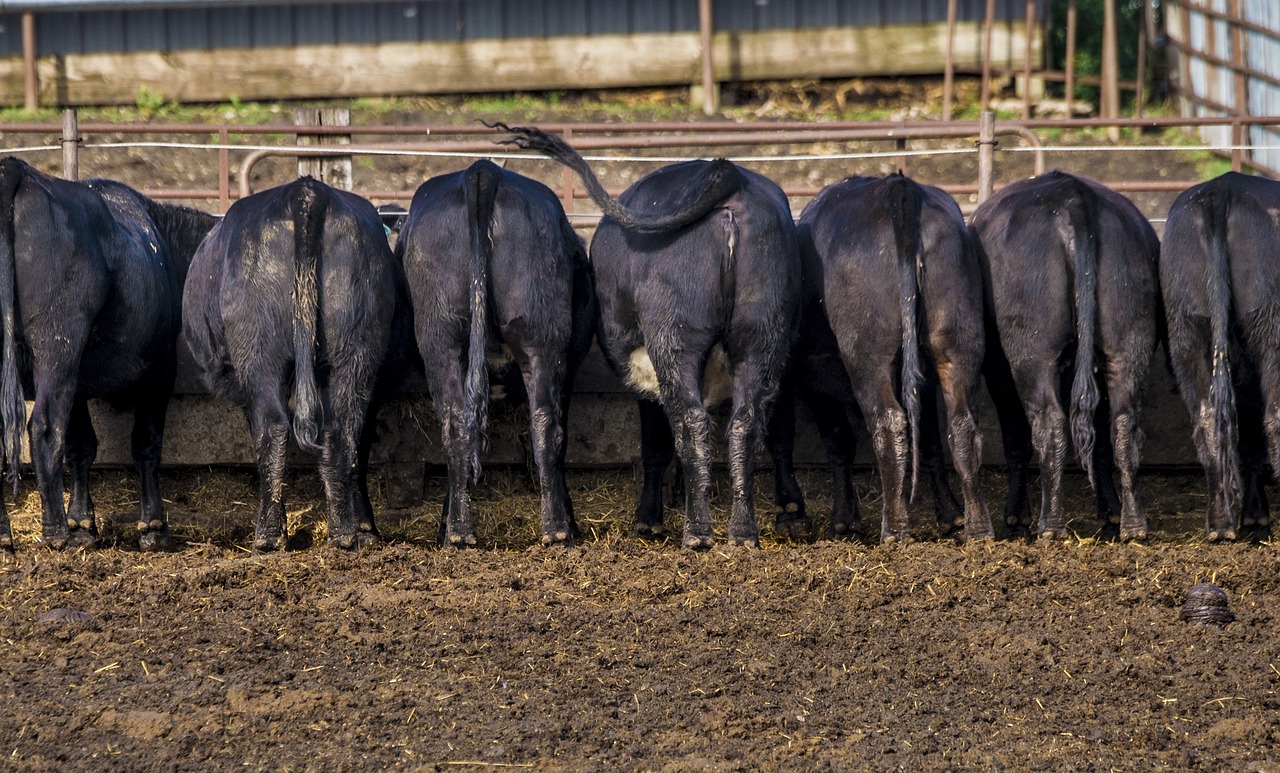
Cattle Feedlot! Picture this: acres of well-managed pens, cattle steadily gaining weight on a balanced feed ration, and your dedication turning into a profitable beef production venture. Does that sound like your dream? Starting a cattle feedlot is a big undertaking, but with careful planning and a realistic approach, it can be within reach. Let’s break down the critical factors to consider before you take the leap into the world of feedlot operations.
Location, Location, Location
Your feedlot’s location heavily influences its success. Here’s what matters:
- Feed Availability: Can you reliably source the grains, hay, and supplements needed for feedlot rations at a reasonable price? Proximity to suppliers is key.
- Water Access: Cattle need a lot of fresh water, so a reliable source is a non-negotiable. Check local regulations regarding water rights.
- Transportation: Easy access for bringing cattle in, shipping them out, and receiving feed deliveries lowers your overall operating costs.
- Environmental Regulations: Are there local zoning laws, manure management guidelines, or odor control regulations you must comply with? Knowing these upfront avoids costly surprises.
Cattle Feedlot Design: It Starts on Paper
Planning a functional layout is essential! Consider:
- Pen Size & Capacity: How many cattle do you want to house? Overcrowding leads to health and weight-gain setbacks.
- Feeding Areas: Feed bunk placement, design, and sufficient space for all cattle to access feed efficiently.
- Waterers: Clean water supply and multiple watering points prevent competition.
- Shade: Essential in hot weather – consider natural shade sources or adding shade structures.
- Drainage: Avoid muddy pens – plan for proper drainage and surface grading.
- Waste Management: A plan for collecting manure and runoff protects both the environment and your investment by utilizing potential fertilizer value.
Small Feedlot Designs: Starting Smarter

Starting small can be a wise way to learn the ropes!
- Adapting Existing Facilities: Converting barns, sheds, or unused pastures with fencing and water access might be more budget-friendly.
- Portable Panels: These offer flexibility in pen creation and can be adapted as your feedlot grows.
Cattle Feedlot Nutrition: The Fuel for Growth
Feed costs are often your biggest expense! Here’s the deal:
- Ration Consulting: Work with a livestock nutritionist to develop balanced rations based on the type of cattle you raise and locally available feeds.
- Feed Storage: Protect your feed investment with proper grain bins, hay storage, and minimize spoilage.
- Feed Delivery Systems: From simple feed bunks to automated delivery, choose what fits your operation’s scale.
The Right Cattle for Your Feedlot
Success hinges on the cattle you buy:
- Breed Traits: Angus and Angus-crosses are popular feedlot choices due to rapid growth and marbling.
- Source: Reliable cattle suppliers or auctions where you can assess animal health.
- Weight & Condition: Buying feeder cattle at the right weight is important for profitability.
Health is Wealth: Preventing Feedlot Illness
Keeping your cattle healthy protects profits. Implement:
- Vaccination & Deworming: Consult your veterinarian to develop a herd health plan tailored to your area.
- Observation is Key: Train yourself to spot early signs of illness so you can treat issues early.
- Quarantine Area: Isolate new arrivals or sick animals to prevent the spread of disease.
The Business of Cattle Feedlots
It’s not just about cattle; smart business practices are important:
- Market Analysis: Understanding beef markets and price cycles helps you make informed buying and selling decisions.
- Record Keeping: Track expenses, cattle weights, and feed use to identify areas for improvement.
- Risk Management: Explore options like forward contracting or livestock insurance to protect against market fluctuations. …Let me know when you’re ready for the FAQ section and the conclusion!
Absolutely! Here’s the continuation of the blog post, including an FAQ section and a strong conclusion.
Cattle Feedlots: The Regulatory Landscape
It’s wise to get familiar with these potential aspects:
- Environmental Permits: Depending on your size and location, permits for air quality, water discharge, or manure management might be required.
- Zoning Laws: Some areas have regulations specifically for livestock operations.
- Neighbor Relations: Proactive communication about odor control and being a respectful neighbor can go a long way.
Finding Funding for Your Feedlot
Starting a feedlot requires capital. Here are some options:
- Farm Loans: Explore programs offered by banks specializing in agriculture or government agencies that support agricultural development.
- Private Investors: If you have a solid business plan and projections, this could be a path to funding.
- Partnerships: Consider working with an experienced feedlot operator to share costs and knowledge.
FAQ: Your Feedlot Questions, Answered
How big is a cattle feedlot?
Feedlots range from small operations with a few dozen cattle to vast commercial lots holding thousands of animals.
How do you feed cattle in a feedlot?
Cattle in feedlots are fed specialized high-energy rations delivered to feed bunks, often using feed trucks.
What are the different types of feedlots?
Types can include commercial vs. farmer-owned, custom feeding operations, and variations based on capacity.
What are the best cattle for feedlots?
Breeds known for rapid growth and efficient feed conversion, such as Angus and their crosses, often excel in feedlot settings.

Conclusion
Starting a cattle feedlot is a challenging but incredibly rewarding endeavor. It demands dedication, careful research, and a passion for caring for cattle. Remember, success isn’t built in a day! Don’t be afraid to start small, learn from experienced operators, and continually refine your operations through careful analysis.
Now, we’d love to hear from you out there! Have any of you ever started your own cattle feedlot? Share your experiences, challenges, and biggest wins in the comments below! Let’s continue this conversation and support each other in this exciting area of beef production.
